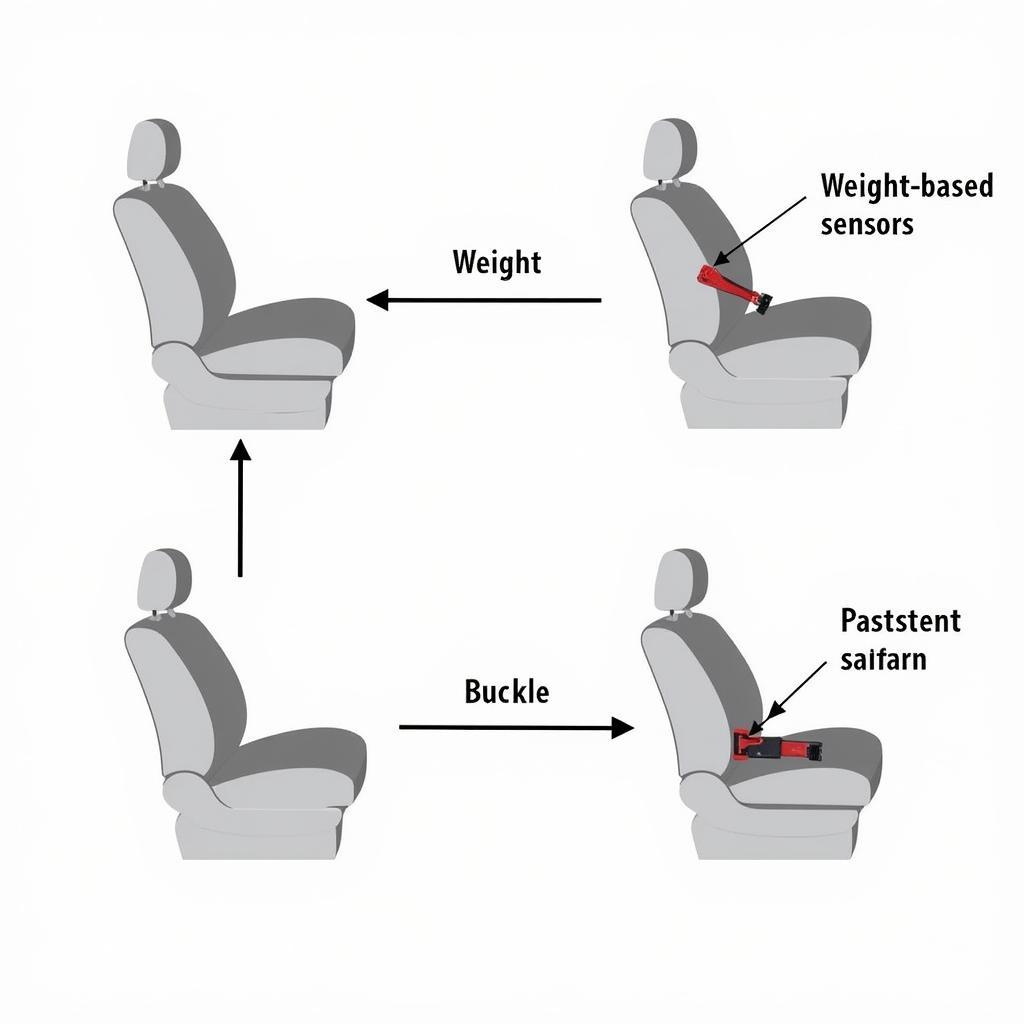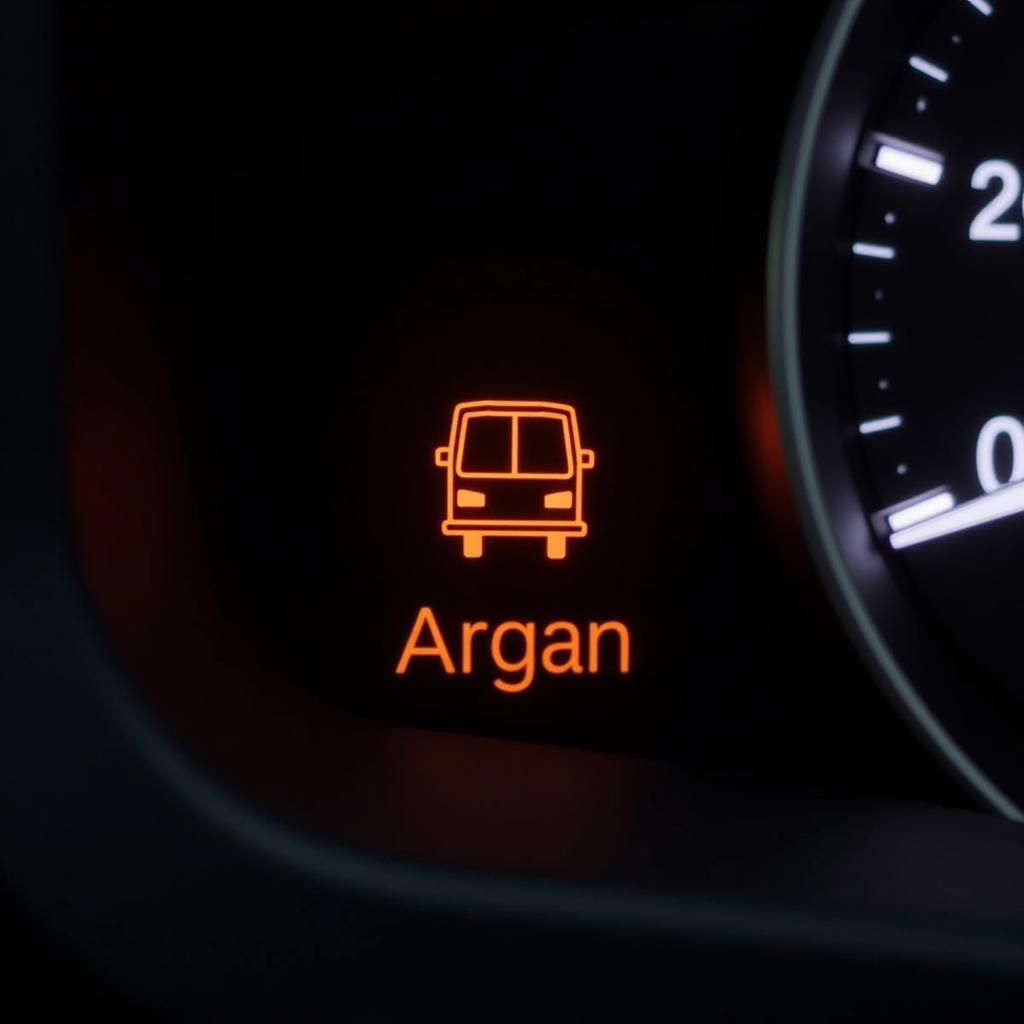The rear seat belt warning is a safety feature found in most modern vehicles. It’s designed to alert drivers if a passenger in the back seat hasn’t fastened their seatbelt. While this feature can be a lifesaver, it can also be a source of frustration if it malfunctions or if you’re unsure how to address it.
This comprehensive guide will explore the ins and outs of rear seat belt warnings, covering everything from understanding the different types of systems to troubleshooting common issues.
Understanding Rear Seat Belt Warning Systems
Before we delve into troubleshooting, let’s first understand how these systems work. There are two main types:
- Weight-based sensors: These sensors are located in the rear seats and detect the weight of a passenger. If the weight exceeds a certain threshold, it assumes a passenger is present.
- Buckle sensors: These sensors are located in the seat belt buckle and detect whether it’s fastened. Some vehicles use a combination of both weight and buckle sensors for added accuracy.
 Types of Rear Seat Belt Sensors
Types of Rear Seat Belt Sensors
Common Causes of Rear Seat Belt Warnings
A persistent or recurring rear seat belt warning light can be caused by several factors:
- Unfastened seat belt: The most obvious reason is simply that a passenger in the back seat has not fastened their seat belt.
- Faulty seat belt buckle: A malfunctioning buckle sensor can trigger a false warning even when the seatbelt is fastened.
- Problem with the weight sensor: A damaged or miscalibrated weight sensor might not detect a passenger correctly, leading to a false warning or a failure to warn.
- Software glitch: Like any other electronic system in your car, the seat belt warning system can experience software glitches that trigger false warnings.
How to Troubleshoot a Rear Seat Belt Warning
Here are some steps you can take to diagnose and fix the issue:
- Check the obvious: Ensure all rear seat belts are properly fastened. Don’t forget to check if anything heavy is placed on the seats as it might trigger the weight sensor.
- Inspect the seat belt buckles: Examine the buckles for any visible damage or debris. If a buckle seems loose or broken, it might need to be replaced.
- Reset the system: Sometimes, a simple reset can solve the problem. Refer to your vehicle’s owner’s manual for instructions on how to reset the seat belt warning system. This often involves disconnecting and reconnecting the battery.
- Check for error codes: If the warning light persists, it’s best to use an OBD-II scanner to check for any stored error codes related to the seat belt system.
- Seek professional help: If you’re unable to pinpoint the issue or if the problem persists even after trying the above steps, it’s recommended to consult a qualified mechanic or an automotive electrician specializing in diagnostics.
Remote Software Solutions for Rear Seat Belt Warnings
In some cases, the issue might stem from a software glitch within the vehicle’s system. This is where remote software solutions come in handy.
Remote diagnostics and programming allow automotive electricians to access your car’s computer system remotely, diagnose the problem, and in some cases, even reprogram or update the software to fix the issue – all without you needing to visit a repair shop.
Specific Car Model Issues
Certain car models are known to have specific issues related to rear seat belt warnings:
- Rear seat belt warning Mercedes: Some Mercedes models are known to have sensitive weight sensors that can be triggered by objects as light as a bag of groceries.
- Toyota Yaris rear seat belt warning: Some Toyota Yaris models have reported issues with faulty buckle sensors.
- Toyota Prius rear seat belt warning: Similar to the Yaris, some Prius owners have experienced problems with the buckle sensors triggering false warnings.
The Importance of Addressing the Warning
While it might be tempting to ignore a persistent rear seat belt warning, especially if you’ve ruled out any obvious issues, it’s crucial to address the problem promptly.
Remember, the warning light is there for a reason – to ensure the safety of all passengers. A malfunctioning system might not alert you when a seat belt is genuinely unfastened, putting passengers at risk in case of an accident.
Conclusion
The rear seat belt warning system is a critical safety feature in your vehicle. Understanding how it works and knowing how to troubleshoot common issues can not only save you from unnecessary frustration but also ensure the safety of everyone in your car. If you’re ever in doubt or if the problem persists, don’t hesitate to seek professional assistance from a qualified automotive electrician or mechanic.


